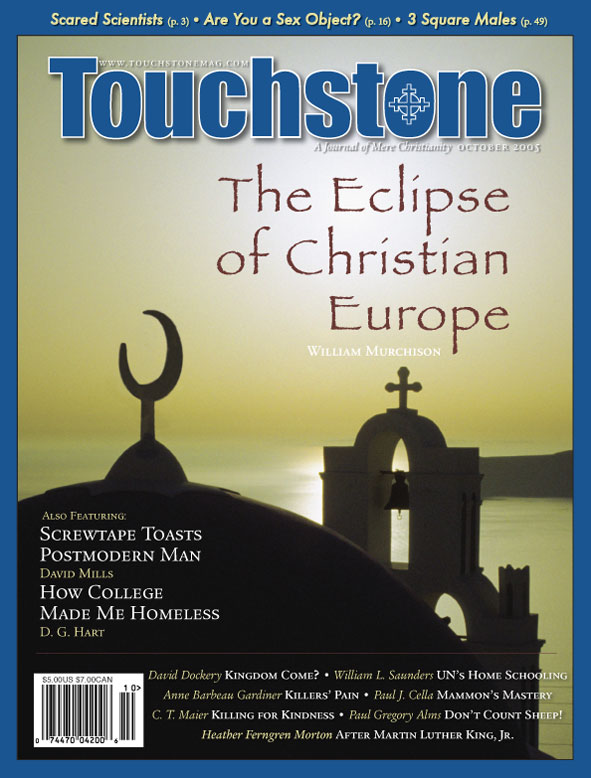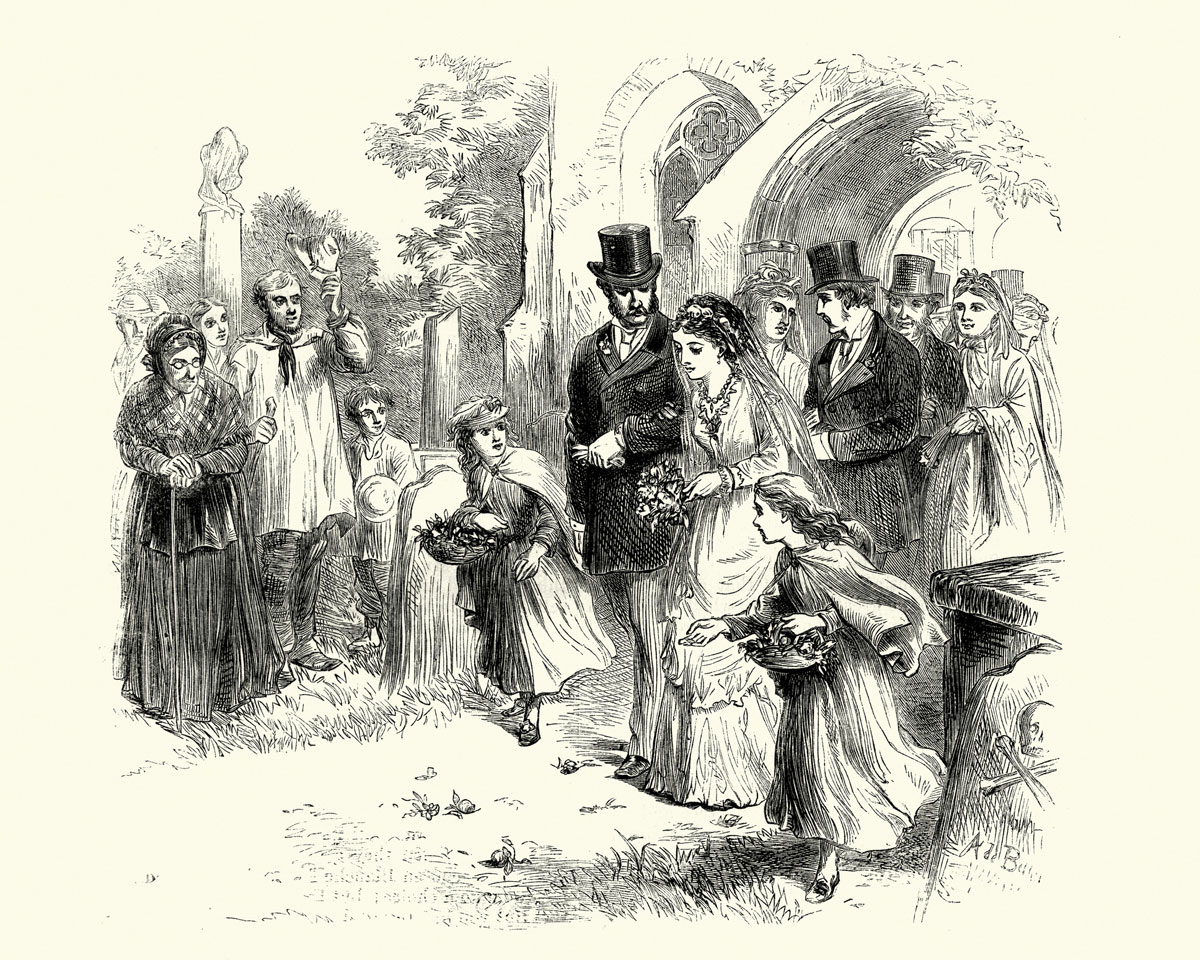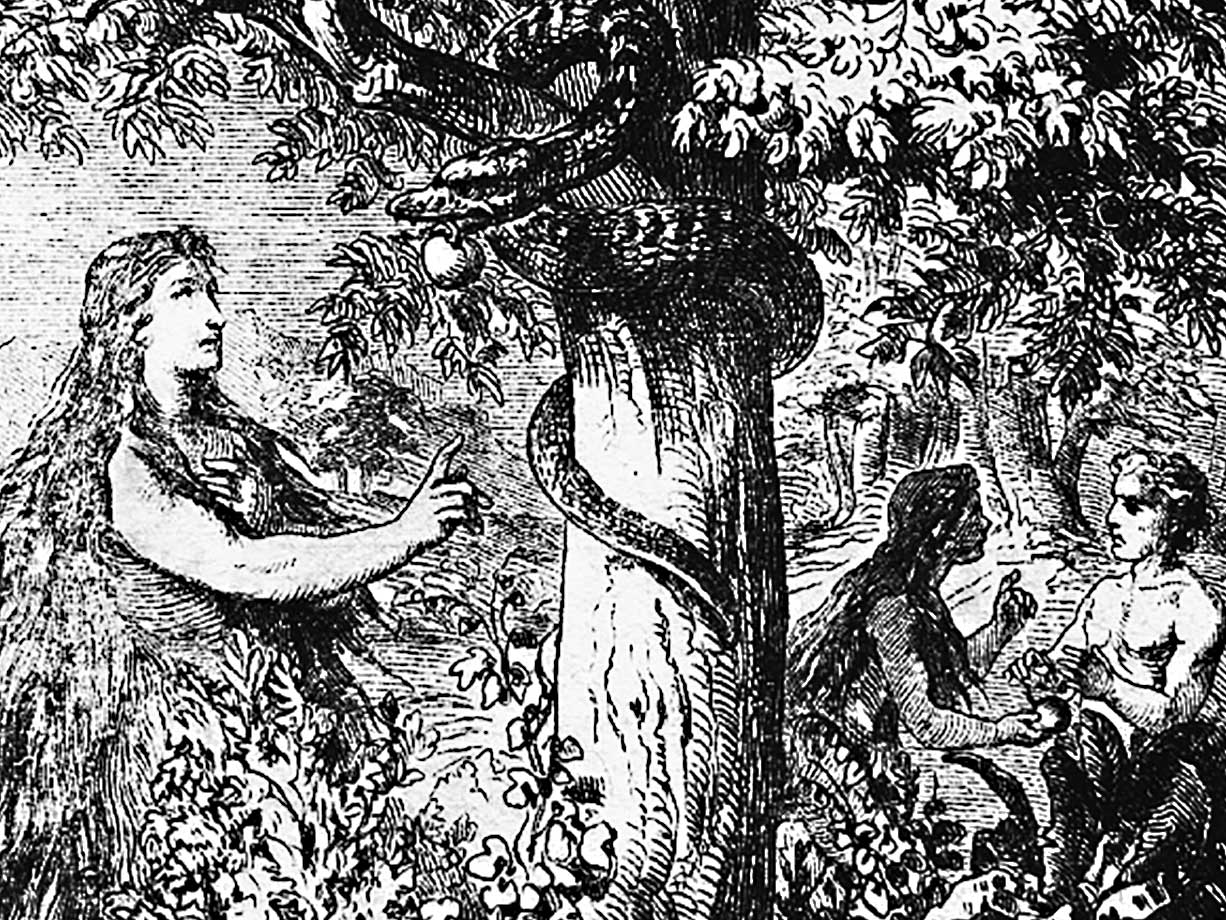XXX-
Communicated
Anthony Esolen on Why Pornography Is Not the Sin We Say It Is
In any cultural war there are going to be large areas of agreement on all sides, and therefore plenty of opportunities for all sides to be inattentive and plain wrong. So with the sin of pornography. Most feminists decry it for casting women as mere objects of sexual pleasure, passive victims of a male gaze that is violent in imagination if not in its very essence. Social conservatives say much the same, and strain their gallantry by appearing to assert that every sin of lust involves this “objectification,” and that women are for the most part the hapless victims of that sin. Users of pornography, according to both camps, are ipso facto abusers of the women on parade.
That analysis has never persuaded me, not least because when a brick like “objectification” is tossed through my mental window, I figure somebody’s out to keep me from thinking quietly and sanely. I know that some users of porn are predatory and monstrous. But who are the other users, in the main?
Some are old men with nothing to do and no one to do it with. Others are pimply teenagers; not the rowdy footballers, but the oddballs, the outcasts. My students tell me that in every dormitory there’s one kid who has seven hundred skin flicks downloaded onto his computer—who stays shut in his room and never talks to girls. Others are men who have gambled or drunk their self-respect away, whom no decent woman would give a second look.
Still others, perhaps hundreds of thousands of them, are husbands who wish that a certain picture had never flashed across their computer screens, yet who continue to surf for the phantasms of sex, alienating themselves from their wives and their children, even from humanity, as they descend from the simply lewd into the horrible and bizarre, fully aware that they are doing so, yet always rationalizing once again, one last time. Some are even ministers of good will who have progressed imperceptibly from hearing about sin to haunting it.
These sinners surely are also victims of pornography, they whose frailty has been found out and exploited for money, or whose peace and health have been vitiated by the purveyors of smut. A drop of prussic acid can kill; a single pornographic image will persist, will form a fantasy memory hooked and barbed with the natural heroin of the brain, will reside in one’s soul, at best a cancer in permanent remission, at worst a gnawing parasite. How can we miss the violence here? Those who take the pictures, or who earn a lot of money making them, are also brutes. Violence does not always come at the end of a fist.
Brother Ass
But there are two deeper problems with that business about “objectification.” The first is simple. Where does it say that objectification is always wrong?
Consider what goes on when we engage in broad humor. A great deal of our laughter arises from the embarrassment of having to cart this body around, this Brother Ass, as St. Francis affectionately called it. There is a humility in physical humor: You allow yourself to be reduced to an object, a sack of potatoes, a lumpy thing with a wobbling center of gravity; Jackie Gleason like an elephant a-tiptoe, roaring and shaking his hammered thumb, or Lucille Ball wrestling with a contadina in a vat of grapes. Bawdy humor—which may be risky yet quite innocent too—also depends upon the humble object.
I think of the merriment of old-fashioned country songsters drunkenly hallooing and waking the poor bridegroom and bride in the middle of the night. Even in the playfulness of lovemaking there’s a delight not simply in the soul of one’s spouse, but in that good old lumpiness, the physicality, the downright tool-ishness. Innocent Adam and Eve surely would not always have thought about souls. Three cheers, then, for objects!
Well, I know that everything depends upon what that object is and what we are doing with it. And I know that what begins as bawdy may grow obscene, and obscenity has its own devils waiting to snap you up. But let’s be clear about our objects here. Porn is rarely bawdy; there is no good laughter in it. Laughter might dispel the fascination. The object the user views may be grotesque, but it is not meant to be silly.
And that brings us to the second problem. The pornographic image is not that of the human being reduced to an object. If only it were! For that would be less diabolical. It is instead that of the human being raised to an object: an idol. Watch the eyes of someone in the sin’s grip. Note the blank staring stupor. You are in the presence not of brutish violence but of stultifying idolatry; not a reveling in the body but an eerie flight from it.
It is crucial to understand this. That pimply kid gapes at a picture of a woman who does not exist: an airbrushed fantasy, herself languorously gaping in a transport of sexual hunger, an image outside of time and place. She is a pagan goddess who, without caring to know the least bit about oneself, not even one’s name (for that would dispel the illusion of soaring beyond the human), will gratify all of one’s nameless desires.
She will allow for both apotheosis and transformation into the beast, and at one and the same time: For the man who enjoys her is a god, yet for all the viewer sees of him, he may have any face at all, or no face, or the face of a horse or a goat. She is as impenetrable as Diana, and as lascivious as Venus, and thus the diabolical obverse of the Blessed Virgin: for she will couple, in the air of the imagination though never in the body, with all mankind, and love none.
The Heart’s Longing
The Baalim of old, haters of the incarnate, knew what they were up to, with their hollow liturgies of copulation. The heart longs for beauty, and some succubus of ambiguous sex delivers not even skin but specters of skin, and trash. The heart longs for communion, and the demon delivers a disembodied loneliness, a pseudo-encounter whose climax is, to steal the words of that old prig of an atheist, solitary, poor, nasty, brutish, and short. The heart longs for adventure, and the demon delivers the bizarre, ever more alien and ever more drab and predictable.
The heart longs for the sacred, the holy ground whereon one may not step without first removing the sandals; the demon delivers what cannot be touched, but defiles in failing to touch. The heart longs for our lost naked freedom in the Garden, naked as of innocent children; the demon delivers a nightmare of nudity, old, wizened, corrupt, enchained and chaining. The heart worships its idol, and the idol is unapproachable and cruel; it is cold, and all the more dangerously seductive in its photographic freeze.
The use of pornography may well result in violence, eventually—many of our sins do. Nor should such violence in this case surprise us, since the making of the image in the first place is an act of violence against the intended viewer and the community. But the sin of its users, in its inception, lies elsewhere. If we are to minister to those sinners and rid our land of the pestilence, we would do well to leave off the political posing and call this demon by its proper name.
Anthony Esolen is Distinguished Professor of Humanities at Thales College and the author of over 30 books, including Real Music: A Guide to the Timeless Hymns of the Church (Tan, with a CD), Out of the Ashes: Rebuilding American Culture (Regnery), and The Hundredfold: Songs for the Lord (Ignatius). He has also translated Dante’s Divine Comedy (Random House) and, with his wife Debra, publishes the web magazine Word and Song (anthonyesolen.substack.com). He is a senior editor of Touchstone.
subscription options
Order
Print/Online Subscription

Get six issues (one year) of Touchstone PLUS full online access including pdf downloads for only $39.95. That's only $3.34 per month!
Order
Online Only
Subscription

Get a one-year full-access subscription to the Touchstone online archives for only $19.95. That's only $1.66 per month!
bulk subscriptions
Order Touchstone subscriptions in bulk and save $10 per sub! Each subscription includes 6 issues of Touchstone plus full online access to touchstonemag.com—including archives, videos, and pdf downloads of recent issues for only $29.95 each! Great for churches or study groups.
Transactions will be processed on a secure server.
more on sex from the online archives

28.2—March/April 2015
Man, Woman & the Mystery of Christ
An Evangelical Protestant Perspective by Russell D. Moore
more from the online archives
calling all readers
Please Donate
"There are magazines worth reading but few worth saving . . . Touchstone is just such a magazine."
—Alice von Hildebrand
"Here we do not concede one square millimeter of territory to falsehood, folly, contemporary sentimentality, or fashion. We speak the truth, and let God be our judge. . . . Touchstone is the one committedly Christian conservative journal."
—Anthony Esolen, Touchstone senior editor











